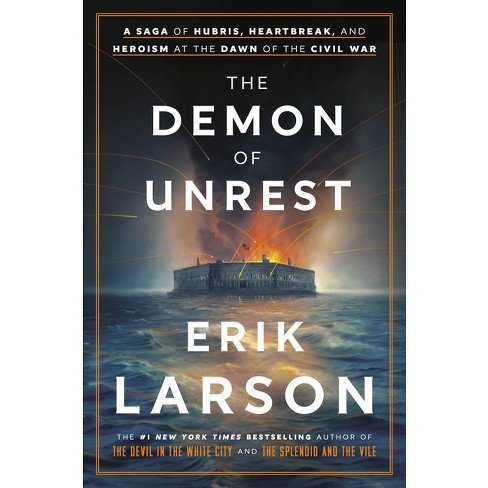5 HOT BOOKS: New Orleans' Confederate Statues, an Art-World Novel and More
/1. In the Shadow of Statues: A White Southerner Confronts History by Mitch Landrieu (Viking)
“These statues were not honoring history, or heroes,” writes New Orleans Mayor Landrieu, about the four Confederate monuments, including a statue of Robert E. Lee, that he decided to remove in May 2017. In his elegantly written memoir, Landrieu reckons with his own upbringing and his realization that these monuments distorted history by buttressing a myth of gallant Southern chivalry that obscured the “terror tactics” that completely deprived African-Americans of fundamental rights and led to extreme inequality. Amid a glut of self-aggrandizing autobiographies by politicians, Landrieu’s powerful plea for racial justice stands out for its honesty, moral clarity, and genuine faith in the possibility of change.
2. The Italian Teacher by Tom Rachman
In his much-celebrated debut novel The Imperfectionists, Rachman focused on the tangle of eccentric journalists at a declining English language newspaper in Rome. Now, writing with the same charm and insight, Rachman turns to the nutty art word. At the center of this wonderful novel is flailing Charles “Pinch” Bavinsky, who longs for the approval of his somewhat famous painter father “Bear,” who demeans and discourages his artistically inspired son, one of the many offspring he has sired around the world with women other than Bear’s mother, a beleaguered ceramicist. Rachman is a wise and witty guide through the decades of Pinch’s life, as he travels among Rome, New York City, Toronto, rural France, and London, while making his own triumphant – and sly - mark in the world.
3. The Heavens Might Crack: The Death and Legacy of Martin Luther King Jr by Jason Sokol (Basic Books)
Published to mark the 50th anniversary of the assassination of Martin Luther King, historian Sokol's King post-biography zeroes in on the days, weeks and months following the great man's death to show how the passionate responses to it shaped the King legacy. Sokol considers a wide spectrum of reactions to the tragedy, from those who damned King as an agitator to those who rioted and turned their rage into militancy. Using a wide range of sources, from college newspapers to oral histories, Sokol dramatically demonstrates that even as King was canonized, factions split and fought over his legacy to advance their own visions and agendas.
4. Patriot Number One: American Dreams in Chinatown by Lauren Hilgers (Crown)
In her deeply affecting and intimate narrative, Hilgers focuses on dissident Zhuang Liehong, who led a rebellion in his tiny village on the southern coast of China, and his wife Little Yan, who feared arrest and fled the country. Journalist Hilgers first met Zhuang at his tea shop in China and she artfully chronicles the couple’s relocation to Flushing, Queens where they found menial jobs, rented a room, and linked-up with like-minded dissidents. Unlike traditional immigration stories of acculturation and assimilation, in this one Hilger draws on her years in China and fully conveys the complexity of dreamy Zhuang and pragmatic Little Fan as they live in a kind of exile, transported from the land of their birth and yet never fully part of their new one.
5. Trenton Makes by Tadzio Koelb (Doubleday)
This razor-sharp debut novel takes its title from a sign in large lettering on the iconic two-lane truss bridge over the Delaware River, connecting Trenton, N.J. to Morrisville, Pa., which reads: “TRENTON MAKES THE WORLD TAKES.” Koelb zeroes in on the duality and irony of this phrase in this inventive, gritty work of fiction. In part one, set in 1946-1952, Abe Kunstler returns from service in World War II and is killed by his wife, who was emboldened by her factory work, and who then assumes his identity and lives as a man in boom time, mid-century America. Part two takes place in 1971, as the industrial city deflates and the pretense of living as a man begins to crack. Koelb’s imaginative novel of the ruse of identity in the post-war world is a powerful and resonant metaphor for a crumbling city and a society in flux.










